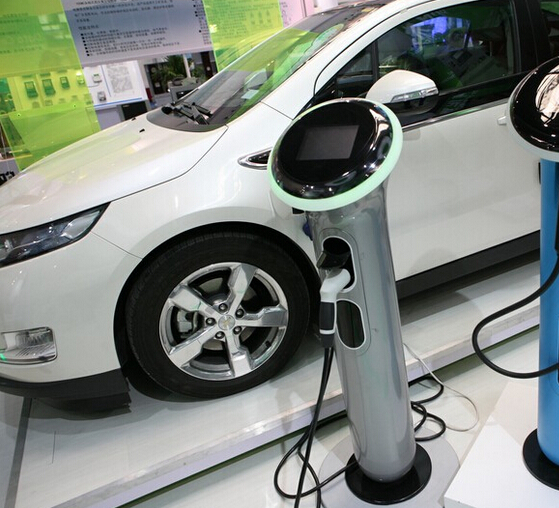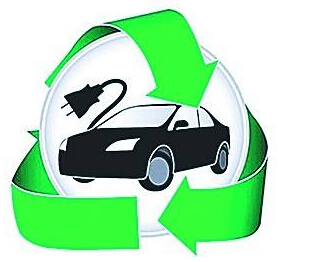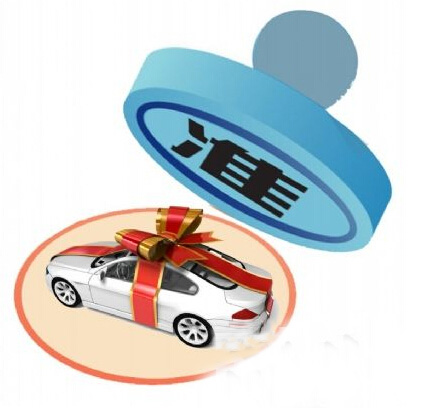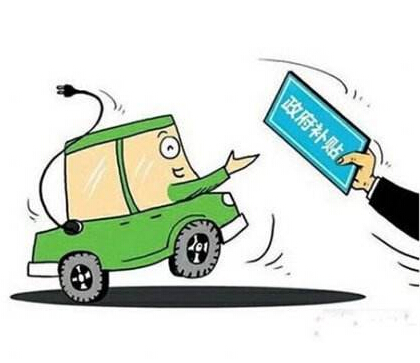New Regulations Released to Regulate Intelligent Network Alliance Automotive Road Test
The intelligent network-linked vehicles that the three ministries and commissions issued called "Intelligent Networked Vehicle Road Test Management Regulations (Trial)" refer to devices equipped with advanced on-vehicle sensors, controllers, and actuators, and incorporate modern communication and network technologies. , Cars and X (people, cars, roads, clouds, etc.) intelligent information exchange, sharing, with complex environmental awareness, intelligent decision-making, collaborative control and other functions, can achieve safety, efficiency, comfort, energy-saving driving, and ultimately can achieve alternatives People come to operate a new generation of cars. Intelligent grid-connected cars are also often referred to as smart cars, self-driving cars, and so on.

The trial code proposed that the relevant provincial and municipal government authorities may formulate implementation rules in accordance with the actual conditions of the local area and specifically organize and carry out smart network road testing. The test vehicle is an intelligent network-connected vehicle that is applied for road testing, including passenger cars and commercial vehicles, excluding low-speed cars and motorcycles.
The trial code also stipulates that the test subject refers to the unit that puts forward the application of intelligent road network automobile test, organizes tests, and bears corresponding responsibilities. It should meet several conditions, as shown below.
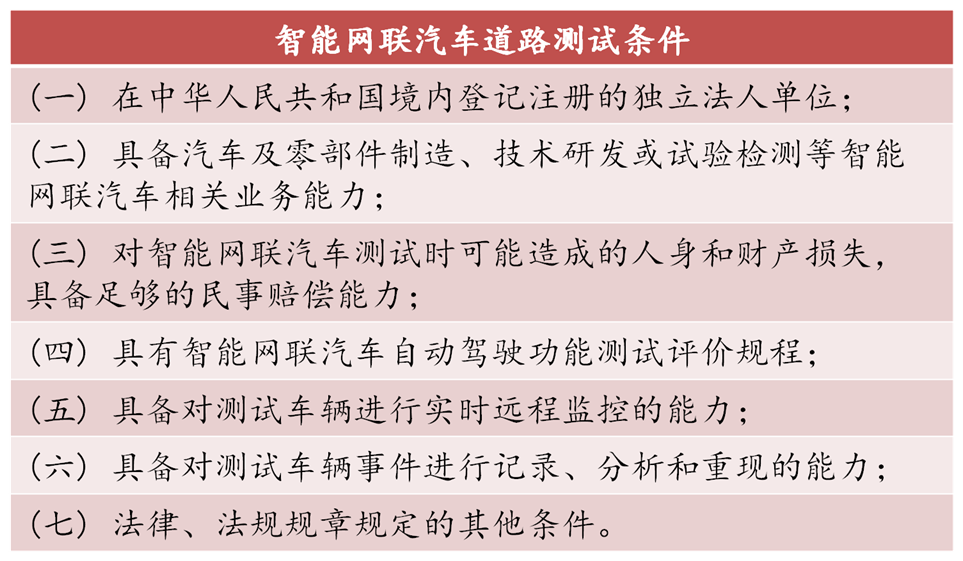
tes all driving operations. According to the system request, the driver needs to provide proper intervention. Highly autopilot means that the system completes all driving operations, and the system will make a response request to the driver in a specific environment. The driver can The system does not respond to requests; fully automated driving means that the system can perform all the road conditions that the driver can complete without requiring driver intervention.
Intelligent networked car development will speed up
Prior to this, at the annual meeting of the China Automotive Engineering Society, the "Energy-saving and New Energy Vehicle Technology Roadmap" was officially released. The road map for this release is “1+7”, which mainly includes: overall technology roadmap, energy-saving automotive technology roadmap, pure electric and plug-in hybrid vehicle technology roadmap, hydrogen fuel cell vehicle technology roadmap, intelligent network Alliance Automotive Technology Roadmap, Automotive Manufacturing Technology Roadmap, Automotive Power Battery Technology Roadmap, Automotive Lightweight Technology Roadmap.
At the meeting, Mr. Ruan Guochun, deputy director of the Department of Equipment Industry of the Ministry of Industry and Information Technology, pointed out in particular: “Intelligent network-linked vehicles will be deployed according to development at the national level, and relevant policies are being negotiated with related departments and released later.”
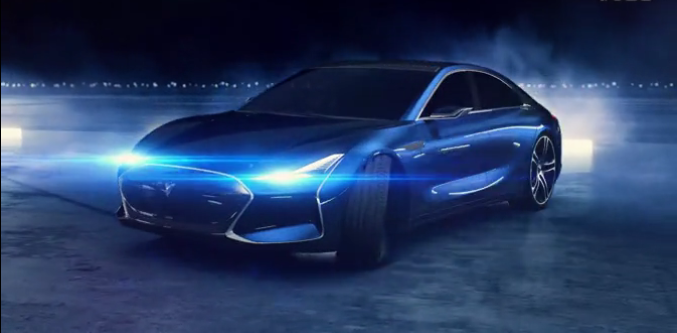
In terms of market planning, the 10% market share of fully automated driving will be achieved in three phases. According to the roadmap milestone plan, by 2020, the market share of driver-assisted/partially-autonomous vehicles will reach 50%. By 2025, the market share of highly automated vehicles will reach about 15%. By 2030, the market for fully autonomous vehicles will be close to 10%.
Since April 2017, the Ministry of Industry and Information Technology, the National Development and Reform Commission, and the Ministry of Science and Technology have issued the "Mid-term and Long-term Development Plan for the Automotive Industry". Smart cars have been regarded as the key content and have proposed different levels of smart driving systems, 2020 and 2025. The annual new car assembly rate requirements; according to the National Development and Reform Commission forecast, in 2020, intelligent network of new car car ratio will reach 50%, reaching tens of millions, when China will become the world's largest smart car network.
The year 2018 is a year of rapid development of intelligent network-linked vehicles, and the focus of the automobile industry will be transformed into the direction of intelligent network-linked vehicles. Under the regulations of ministries and commissions, the intelligent networked vehicles will enter the fast lane.

On March 27 this year, the Ministry of Industry and Information Technology released the “2018 Smart Net Alliance Automotive Standardization Key Points” to propose that the research and development of the Automotive Network Alliance Standard be started as soon as possible, and the pre-research on the relevant standards for intelligent network-linked automobile communication needs to be carried out, and automatic driving should be started. Map requirements and road facility requirements.
On April 3, the National Automotive Standardization Technical Committee Intelligent Network Alliance Automotive Subcommittee was established in Beijing. Experts from various fields, such as domestic and international automotive, information, communications, and transportation, have begun to work out the various standards for the smart networking industry.
Since then, the development of China's intelligent network standard system has been supported, and the process of promoting the development of intelligent network-linked vehicles has been accelerated. Therefore, today (April 12th), the Committee
released the “Intelligent Networked Vehicle Road Test Management Regulations (Trial)” 10 days later.
Companies such as Baidu have already acted on the smart networked vehicles. When the superstructure began to speed up the process. Then, who would also deny that China's intelligent network-linked cars are on the highway?















 RCCN WeChat QrCode
RCCN WeChat QrCode Mobile WebSite
Mobile WebSite
